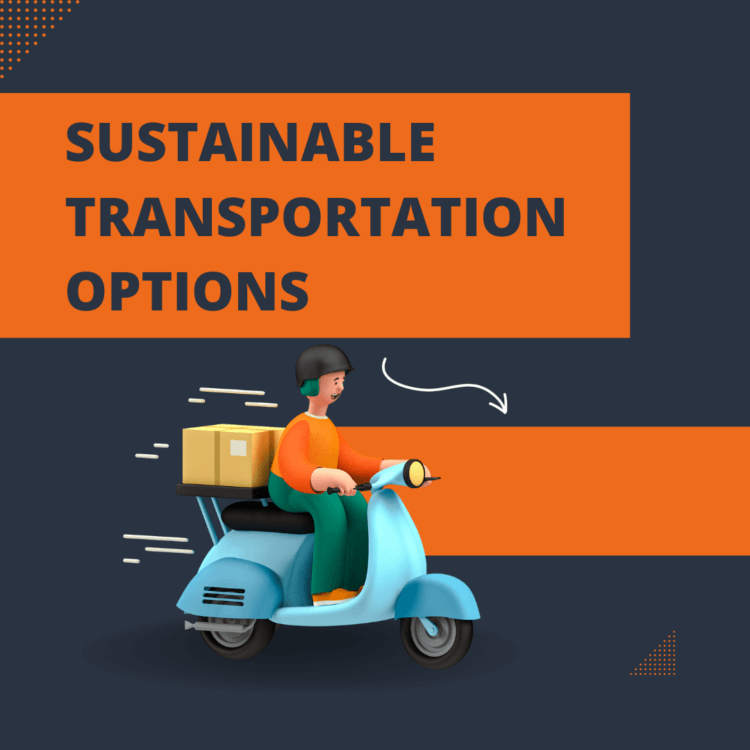As the world grapples with the environmental challenges posed by traditional modes of transportation, a shift toward sustainable alternatives has become imperative. Sustainable transportation options not only reduce our carbon footprint but also contribute to creating a cleaner, healthier planet. In this blog, we’ll explore a variety of eco-friendly transportation solutions that are paving the way for a greener future.
Electric Vehicles (EVs):
One of the most prominent players in sustainable transportation is the rise of electric vehicles (EVs). Powered by electricity, these vehicles produce zero tailpipe emissions, significantly reducing air pollution and greenhouse gas emissions. With advancements in battery technology, EVs are becoming more accessible, boasting longer ranges and faster charging times. From compact city cars to sleek electric SUVs, the market is expanding, providing consumers with diverse options to choose from.
Bicycles and E-Bikes:
Embracing two-wheeled transportation is not only an excellent way to stay fit but also a sustainable choice for commuting. Traditional bicycles have long been recognized as an eco-friendly mode of transport, emitting zero emissions and promoting a healthier lifestyle. The advent of electric bicycles, or e-bikes, has made cycling more accessible, especially for those with longer commutes or hilly terrain to navigate. E-bikes provide the option to pedal or rely on electric assistance, making them a versatile and sustainable choice.
Public Transportation:
Investing in and improving public transportation systems is crucial for reducing individual carbon footprints. Buses, trains, and subways are more energy-efficient than individual vehicles, carrying multiple passengers at once. Cities worldwide are increasingly investing in sustainable public transportation infrastructure, including electric buses and trains powered by renewable energy sources. By promoting the use of public transit, communities can alleviate traffic congestion and reduce overall emissions.
Ridesharing and Carpooling:
Maximizing the efficiency of existing vehicles is another way to promote sustainability. Ridesharing services and carpooling platforms connect individuals traveling in the same direction, reducing the number of vehicles on the road. This not only decreases traffic congestion but also helps minimize the environmental impact of individual commutes. As technology continues to advance, these services are becoming more accessible and convenient for users.
Walking:
Perhaps the most basic yet often overlooked sustainable transportation option is walking. In urban environments, where distances are relatively short, choosing to walk instead of drive can significantly reduce emissions. Walking not only benefits the environment but also contributes to personal well-being. City planners are increasingly focusing on creating pedestrian-friendly spaces to encourage walking as a viable mode of transportation.
Conclusion:
The transition to sustainable transportation options is a crucial step toward mitigating the environmental impact of our daily commutes. Whether through the adoption of electric vehicles, embracing two-wheeled solutions, investing in public transportation, or simply choosing to walk, individuals and communities can collectively contribute to a greener future. By making informed and eco-conscious choices, we can redefine the way we move, paving the way for a more sustainable and environmentally friendly transportation landscape.










No Comments
Leave Comment